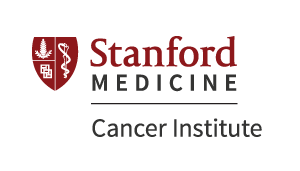Stem cell transplantation and gene therapy clinical trials
Our doctors and researchers are constantly working to make stem cell transplantation safer and available to more people—especially patients suffering from conditions without a cure. After years of testing in the laboratory, we can bring potential treatments to our patients for testing in clinical trials.
Some of our unique clinical trials include:
- A new approach to stem cell transplantation for patients with blood cancers and blood diseases that removes the immune system’s “fighter cells” from the donor’s cells before they are transplanted into the recipient. This approach aims to reduce the risk of graft-versus-host disease and enable patients without a fully matched donor to still have access to a potentially curative stem cell transplant. Another related trial also adds a cell therapy called T-allo10. This cell therapy is made from the cells of the same person who donated stem cells for the transplant. The cell therapy contains T regulatory cells that tell the recipient’s immune system to leave the transplanted stem cells alone. We are testing whether this approach can help the recipient’s immune system rebuild itself after transplant. Both trials are only available at Stanford.
- Gene therapy for patients with immunodysregulation polyendocrinopathy enteropathy X-linked (IPEX) syndrome, adding a normal copy of the gene that is malfunctioning in patients with IPEX syndrome. This trial is only available at Stanford.
- A new approach to stem cell transplantation for patients with Fanconi anemia, which aims to make transplantation safer using antibodies instead of chemotherapy to prepare the patient’s body for transplant, and removing certain immune cells from the donor cells to reduce the risk of graft-versus-host disease. This trial is only available at Stanford.
- Gene therapy for patients with severe sickle cell disease, which aims to correct the genetic mutation that causes sickle cell disease and decrease the production of sickle-shaped red blood cells. Lucile Packard Children’s Hospital Stanford is the only hospital in the Western United States to offer this trial.
- Gene therapy for patients with pyruvate kinase deficiency (PKD), which involves inserting a normal version of the gene that has malfunctioned to cause PKD (the PKLR gene) into a patient’s own stem cells and transplanting those cells back into the patient. Lucile Packard Children’s Hospital Stanford is the only hospital in the United States to offer this trial.

Connect with us:
Download our App: